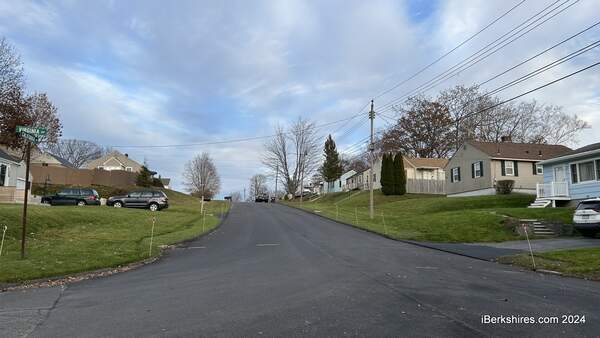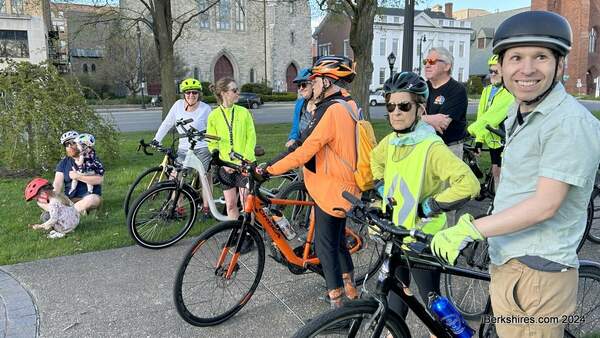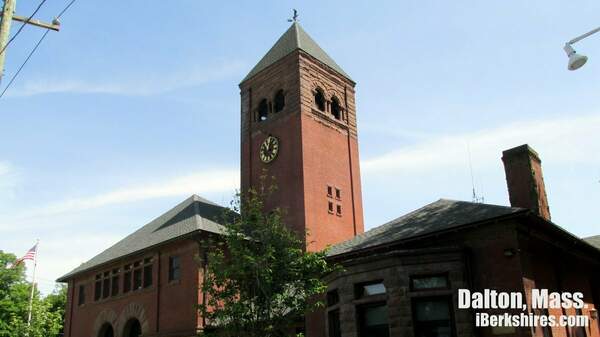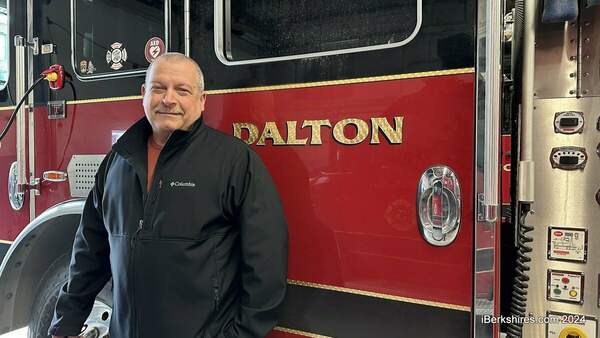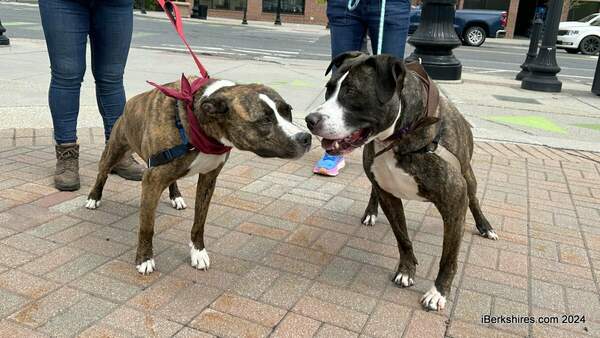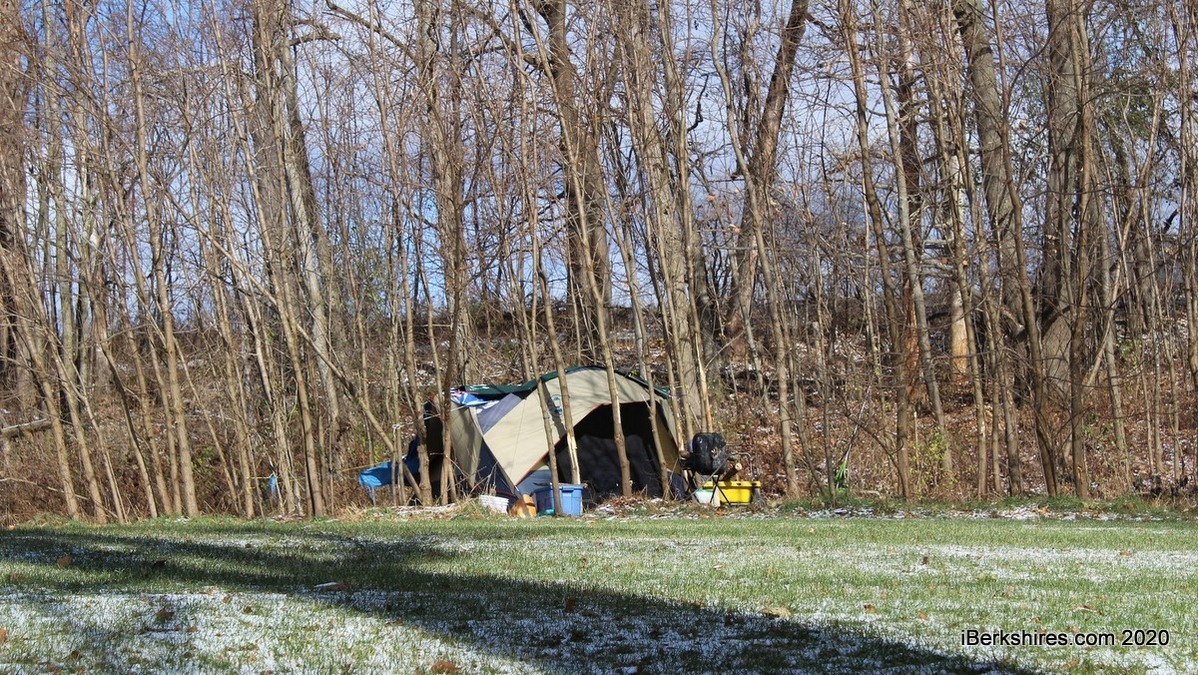
Pittsfield's Homeless Campers Met with Compassionate Enforcement
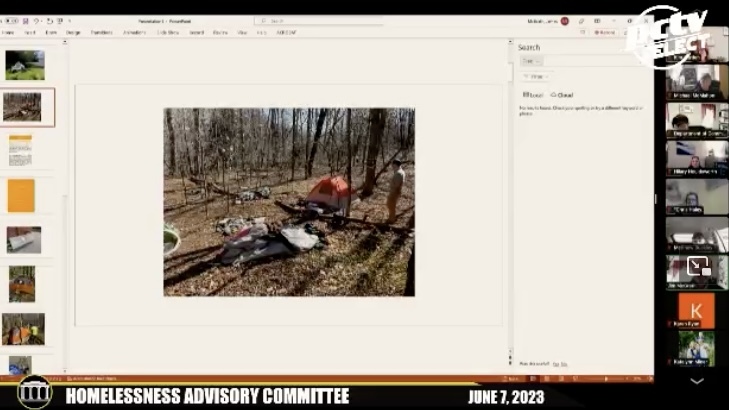
PITTSFIELD, Mass. — Homeless campers are still prevalent in Pittsfield parks and the city continues to respond with compassionate enforcement.
Parks, Open Space, and Natural Resource Program Manager James McGrath updated the Homelessness Advisory Committee on Wednesday about the situation that was exacerbated at the start of the COVID-19 pandemic.
"What we are seeing across the city, especially now that the weather is getting warmer, we're finding that there are a lot more unhoused folks popping up in our parks," he said.
The city has more than 40 properties and ones farther from downtown are less popular for overnight camping. Places such as Springside Park, the Saw Mill Property, Burbank Park and The Common are often where people gravitate.
Tents in Pittsfield parks are tagged with a request to evacuate by a certain date aside from the main encampment at Springside Park, which McGrath said is treated as a separate matter. There has reportedly been a marked increase in the population at Springside Park over the past couple of weeks.
"We pretty much have a 100 percent success rate when we tag a tent and ask folks to find alternate areas to be," McGrath said.
"Generally, they're moving on. Maybe they move on to another park and then we tag their tent a few weeks later but we haven't encountered a situation where someone is resistant."
He added that the department has been successful in making personal connections with unsheltered folks and hopes that they are taking advantage of the resources that they are being referred to when asked to leave a park.
"All I know is that in our small way, we are doing what we can," McGrath said.
When responding to an encampment, he introduces himself and explains that the people are not being kicked out immediately.
"It's simply about finding out where they're at in their in their journey," he said. "Finding out if they've been connected with services and to relay the fact that overnight camping in our parks and open spaces is not allowable and that our desire is to help them find another location."
On the back of the tag that is placed on encampments is an updated list of local resources that may be helpful in their situation. People are generally referred to the homeless shelter at the former St. Joseph's High School on Maplewood Avenue for the safest accommodations.
Salvageable items left at abandoned encampments are always "tagged and bagged" with the hope that they are eventually returned to the owner.
"We always offer as well if someone needs assistance to move their belongings to another location we can do that," McGrath explained. "We have a park maintenance crew that we can activate to move personal belongings or if we need a cleanup of a site, the park maintenance crew is available for that."
There have also been instances of campers at the Zion Lutheran Church on First Street and near the Pittsfield Cemetery on Wahconah Street. In the situation of the church, a person was leaving behind drug paraphernalia and the church council drafted a note that explains this type of activity is unacceptable.
Last year, a group of city staff, service providers and law enforcement toured the Springside Park encampment to understand the lay of the land and how it could be reached during an emergency situation.
An encampment did catch on fire last fall after a cooking stove was left on and burnt a small portion of the park.
Erin Forbush, director of shelter and housing at ServiceNet, thanked McGrath for the sensitive and humanitarian space that he and his team provide.
"The number of people living outside is just incredible, honestly," she said. "So I just really want to be able to say that publicly. We are doing our best as a small team to do what we can to help folks but we also know that there are all kinds of other barriers out there in our community and other communities, it's not just our community."
She reported that a point-in-time count is going to be conducted on June 15 for the first time in warm weather to get a better sense of the numbers. It is a count of sheltered and unsheltered people experiencing homelessness on a single night.
"To be frank, if we can show the numbers, we can show the need," Chair Kim Borden said.
She echoed Forbush's comments.
"The humanitarian approach to assisting these folks has been amazing," Borden said. "And I think that is the first leg up to assisting folks or encouraging them to accept assistance."
Tags: homeless, public parks,

